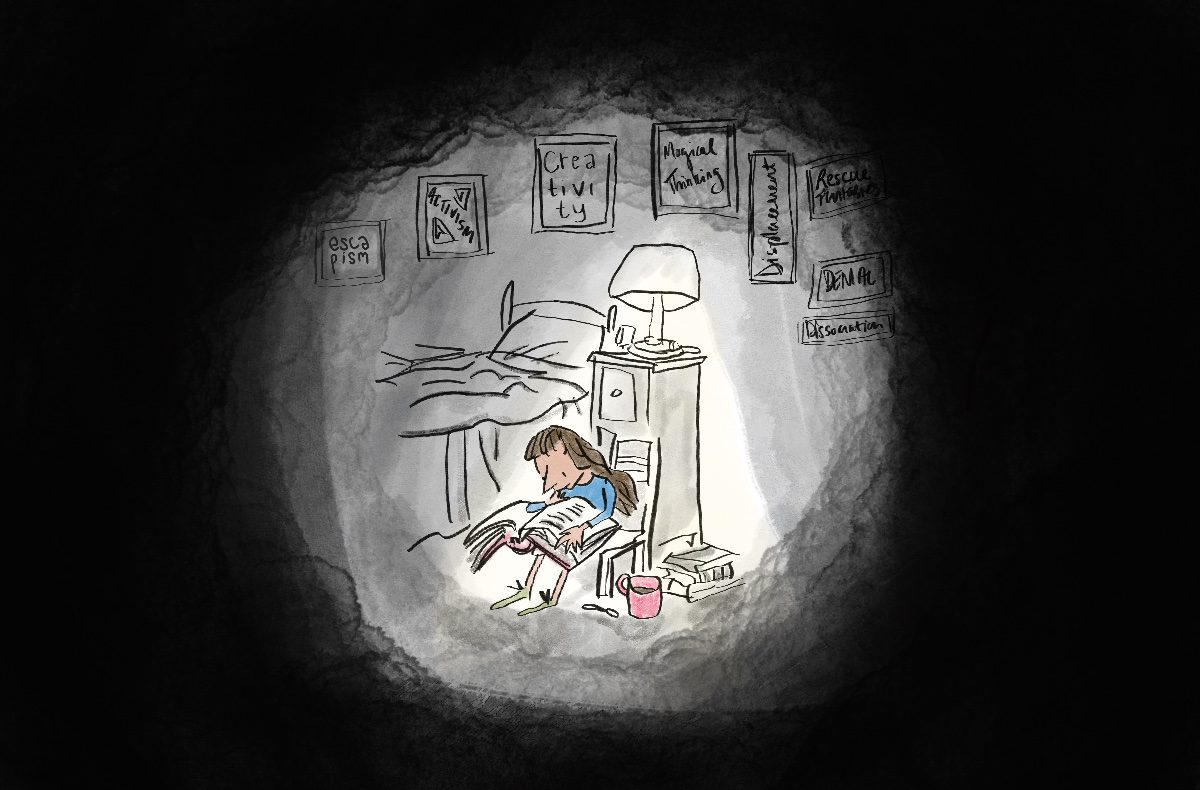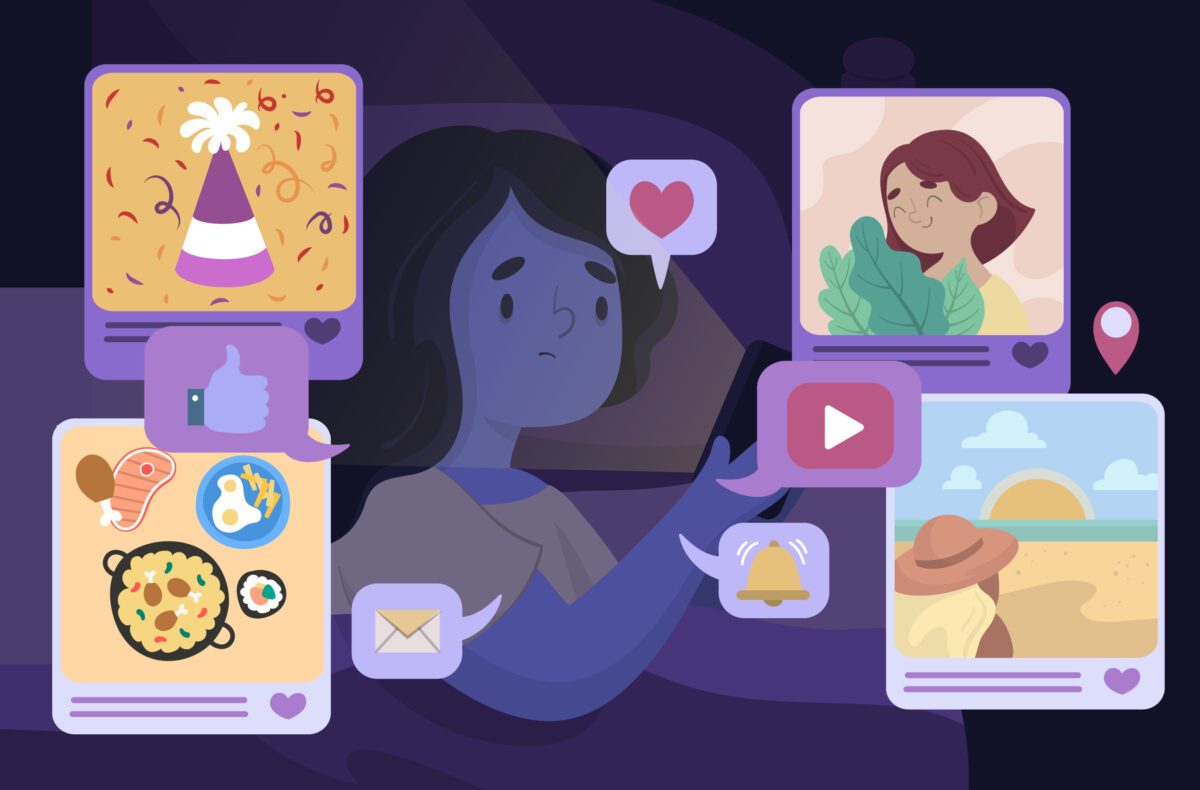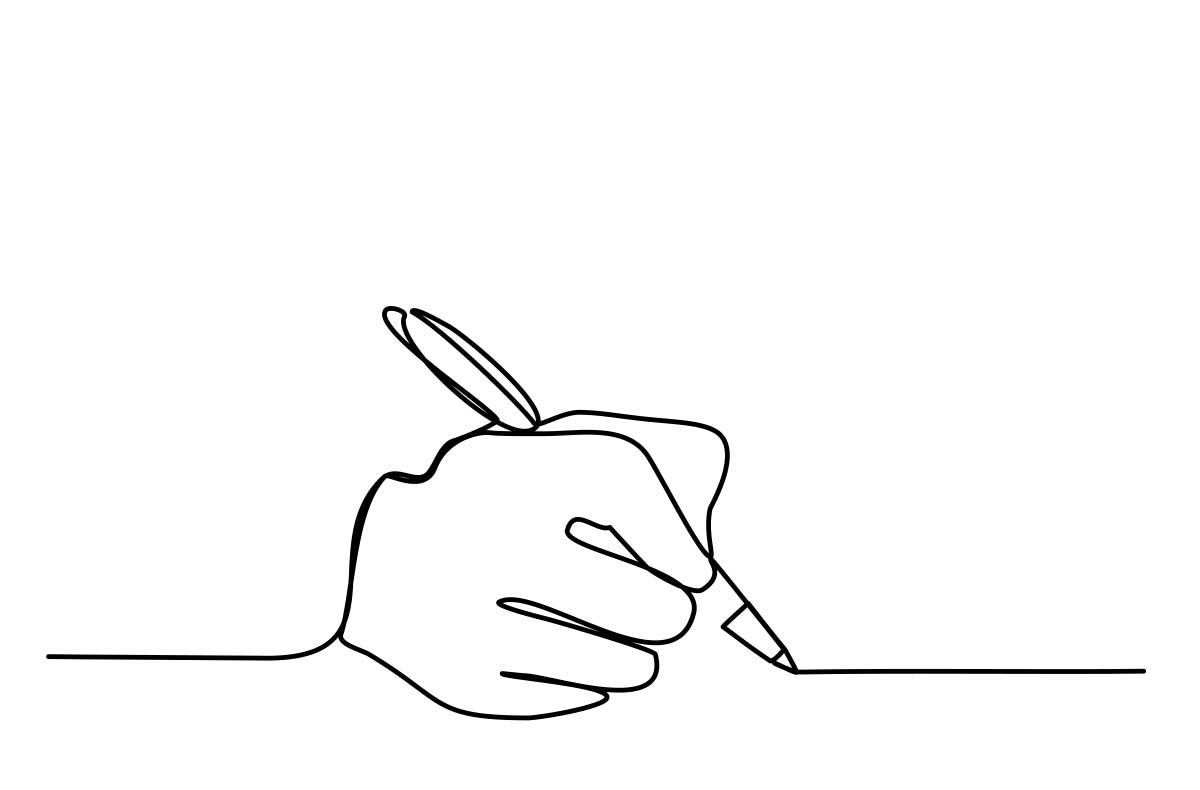
Whether hailed as the core to strong friendships or the key to healthy romantic relationships, being “emotionally present” is a popular topic these days. Through my psychotherapy training, I’ve learned that emotional presence is a vital but challenging skill that reaches far beyond its trendy status, and is something that we all would benefit to learn.
So what exactly does it mean to have this quality? When emotionally present, we can hold space for other people’s feelings, neither shutting ourselves off from their experiences nor over-identifying with them, being able to sit with them in their struggles without rushing to ‘fix’ the situation or immediately provide input.
Whilst that sounds like something we would all like to be able to do, we often find it difficult—and for good reason. Especially in Western culture, we are goal-oriented and solution-focused. People want to problem-solve as quickly as possible, and often feel both an internal and an external pressure to do so. Although there has been an increasing openness to public expressions of emotion over the years, the long-standing “stiff-upper lip’” attitude continues to prevail in the UK. Numbing our own emotions in this way makes it very difficult for us to be emotionally literate, which in turn hinders our ability to support other people with their emotions. When we don’t connect with what might be going on inside ourselves, how can we possibly hold another person in their pain? We will be reminded of our own disowned emotions when we witness another person freely expressing theirs; it’s understandable that this would trigger us, and it explains why we unintentionally shut down other people.
In order to get better at being emotionally present in the long-term, we need to do the work to reclaim our own lost emotions. However, there are also some important tools that can help us when we are directly faced with a loved one in distress.
In my view, actively listening comes first on the list. When in a state of active listening, we are sponges, absorbing not just the fine details of what a person tells us verbally, but also looking out for what remains unsaid, for subtle cues in body language, for changes in the speed and tone of voice, for the stories told by silences. We are in the moment, not carried away by thoughts of “how do I respond?” Active listening means listening for what the person needs. Are they asking for advice, or, most probably, are they just looking to be heard? Instead of assuming, it’s best to ask, even though your friend might not know the answer to this themselves. Generally speaking, our solutions-oriented mindset makes us jump straight to “fixing the problem” and coming up with a list of ways to remedy an issue that’s shared with us, but actively receiving and empathising often requires quite the opposite: simply sitting and listening. Providing unsolicited advice, whilst well-intentioned, usually reflects our own discomfort with the unknown, and might not genuinely serve to help our loved one in pain. Instead of responding in this way, reflecting back what the other person is saying can show them that you are genuinely invested in listening to them. You might say “that sounds really difficult,” or “you seem to be really stuck right now” or “I can hear the confusion in your voice.” Create an open, inviting space to be present. Try to keep that space private and without distractions so that both parties can feel safe. Literally sit with it. Whether it’s sitting in silence, or mirroring what the other person is saying and displaying on their face, active listening involves giving your undivided attention.
It’s also important to convey empathy. Instead of trying to empathise by talking about a personal experience—thereby turning the attention towards yourself—try not to make comparisons and don’t change the subject without permission. Remember: this is about them, not you. Empathy can be expressed by being open-minded whilst withholding both any form of judgment, as well as “toxic positivity.” While seemingly sunny in appearance, toxic positivity is as dismissive as judgment: it shuts down feelings and closes off the space to express them, commanding a person who is feeling down to simply “cheer up” and “look on the bright side” rather than encouraging them to process where they are. Rather than asking your despondent friend “why don’t you try being positive about this,” instead consider saying, “it’s valid that you feel this way. It’s hard to see the light at the moment. I am here for you.” And instead of “at least you’re not going through something worse,” perhaps say, “this is really hard and you don’t deserve it. I’m sorry you’re experiencing this.” Equally, sometimes there are no words. Instead of trying to find a platitude, you can simply express that there are no words that would do their pain justice. Additionally, empathy can sometimes be shown through curiosity, for example, by displaying interest in the other person’s story, although it is important to bear in mind that they may not want to be questioned. That is why empathy has to be combined with an active-listening approach, so that you can constantly keep in mind what the other person needs from you.
The combination of active-listening and empathy can be emotionally draining. None of us are able to sustain this full-time. This is where the third trait of emotional presence comes in: tuning in with yourself and setting boundaries. You do not have to hold space for someone beyond your capabilities; you can be honest about whether you have the capacity and the resources to be able to listen at that moment. If not, you can try to offer another time when you might be more emotionally available. This form of boundary-setting allows you to be truly present; it also helps you to listen without becoming wholly absorbed in the other person’s emotional turmoil.
If you do find yourself heavily impacted by what the other person is sharing, try to think about what exactly has been triggered in you, and find someone different to talk it through with, whilst still respecting your other friend’s confidentiality. Equally, you might just not be able to take the depth of the other person’s pain. Honestly communicating this will be of more help than continuing to ask questions from a place of discomfort, or alternatively, trying to shut down the conversation. It’s okay if you are not the right person to support your loved one by having them offload onto you—perhaps you can compassionately convey that message, whilst supporting them in other ways. Above all else, learning to be emotionally present in a way that involves active listening and empathy does not have to come at the expense of your own well-being. Only by taking care of your own mental health first will you be able to continue helping others.


